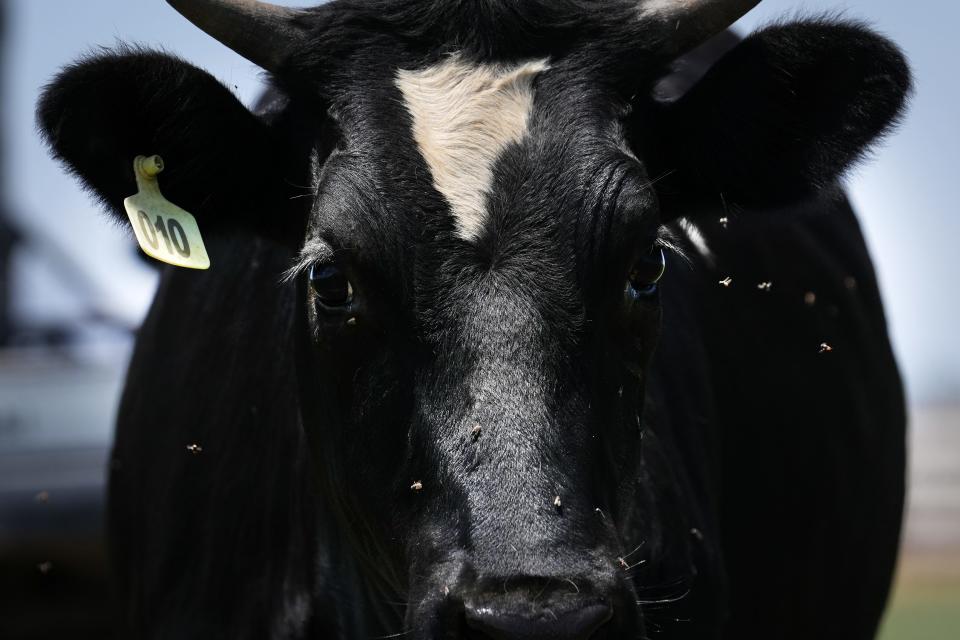A rare case of 'bird flu' was confirmed in Texas. What Arizonans should know
American health agencies confirmed Monday that the H5N1 virus, also known as “bird flu," has been detected in U.S. cattle as well as at least one human.
According to a Centers for Disease Control and Prevention news release issued the same day, the agency confirmed reports that a person in Texas has tested positive for bird flu, which is highly contagious. Bird flu is widespread among wild birds in the U.S. and globally, and the pathogen was confirmed to have infected dairy cows in Texas and Kansas by the U.S. Department of Agriculture on March 25.
Despite the one confirmed case of infection, the CDC still considers the risk to the general public to be low. However, people with “close or prolonged, unprotected exposures to infected birds or other animals (including livestock), or environments contaminated by infected birds or other animals” are considered to be at greater risk of infection

What is bird flu?
The H5N1 virus, or bird flu, is a disease caused by a family of flu viruses primarily transmitted among birds.
The CDC and USDA classify avian viruses into two groups: low pathogenic avian influenza (LPAI) often seen in wild birds, and HPAI, found mostly in domestic poultry. According to the Centers for Disease Control, LPAI viruses cause mild or no disease, and HPAI causes severe disease and high mortality rates in infected birds.
What are the signs of bird flu?
According to the CDC, symptoms of bird flu infections in humans range from no symptoms or mild illnesses (such as eye redness or mild flulike upper respiratory symptoms) to severe illnesses (such as pneumonia requiring hospitalization.)
Other symptoms may include:
Fever or feeling feverish
Cough
Sore throat
Runny or stuffed nose
Muscle or body aches
Headaches
Fatigue
Shortness of breath or difficulty breathing
What precautions should Arizona residents take?
While the risk for the general public is still low, the CDC offered the following recommendations:
Avoid unprotected exposures to sick or dead animals including wild birds, poultry, other domesticated birds, and other wild or domesticated animals (including cattle), as well as with animal carcasses, raw milk, feces (poop), litter, or materials contaminated by birds or other animals with confirmed or suspected HPAI A(H5N1) virus infection
Do not prepare or eat uncooked or undercooked food or related uncooked food products, such as unpasteurized (raw) milk, or products made from raw milk such as cheeses, from animals with confirmed or suspected HPAI A(H5N1) virus infection (avian influenza or bird flu).
People exposed to birds or other animals with confirmed or suspected HPAI A(H5N1) virus infection should be monitored for any signs and symptoms of illness for 10 days after the last known exposure, including people wearing recommended personal protective equipment (PPE).
According to the FDA and USDA, there are no concerns with the safety of the commercial milk supply at this time because products are pasteurized before entering the market.
This article originally appeared on Arizona Republic: Bird flu case is confirmed in Texas. Here's what Arizonans should know

